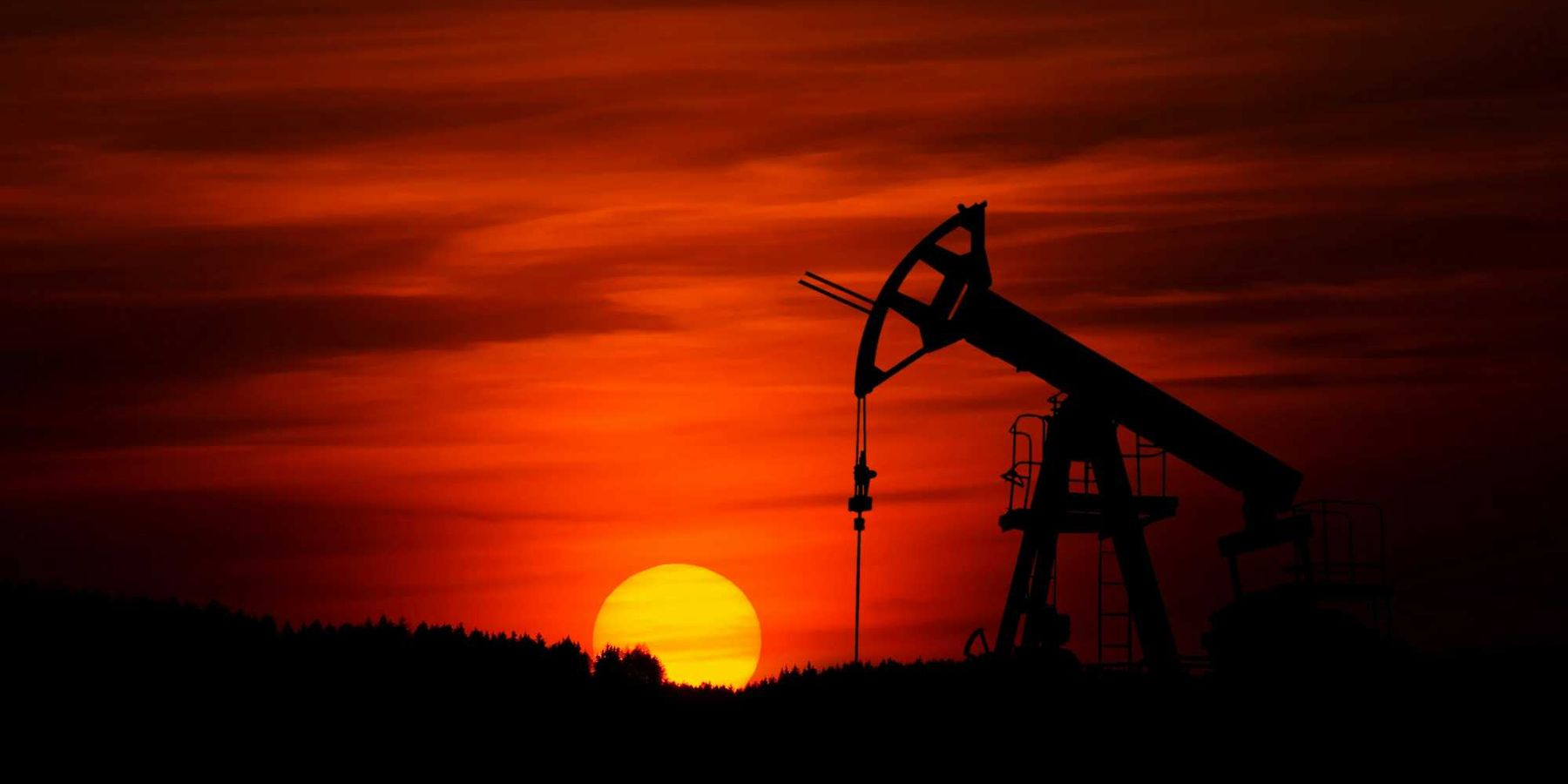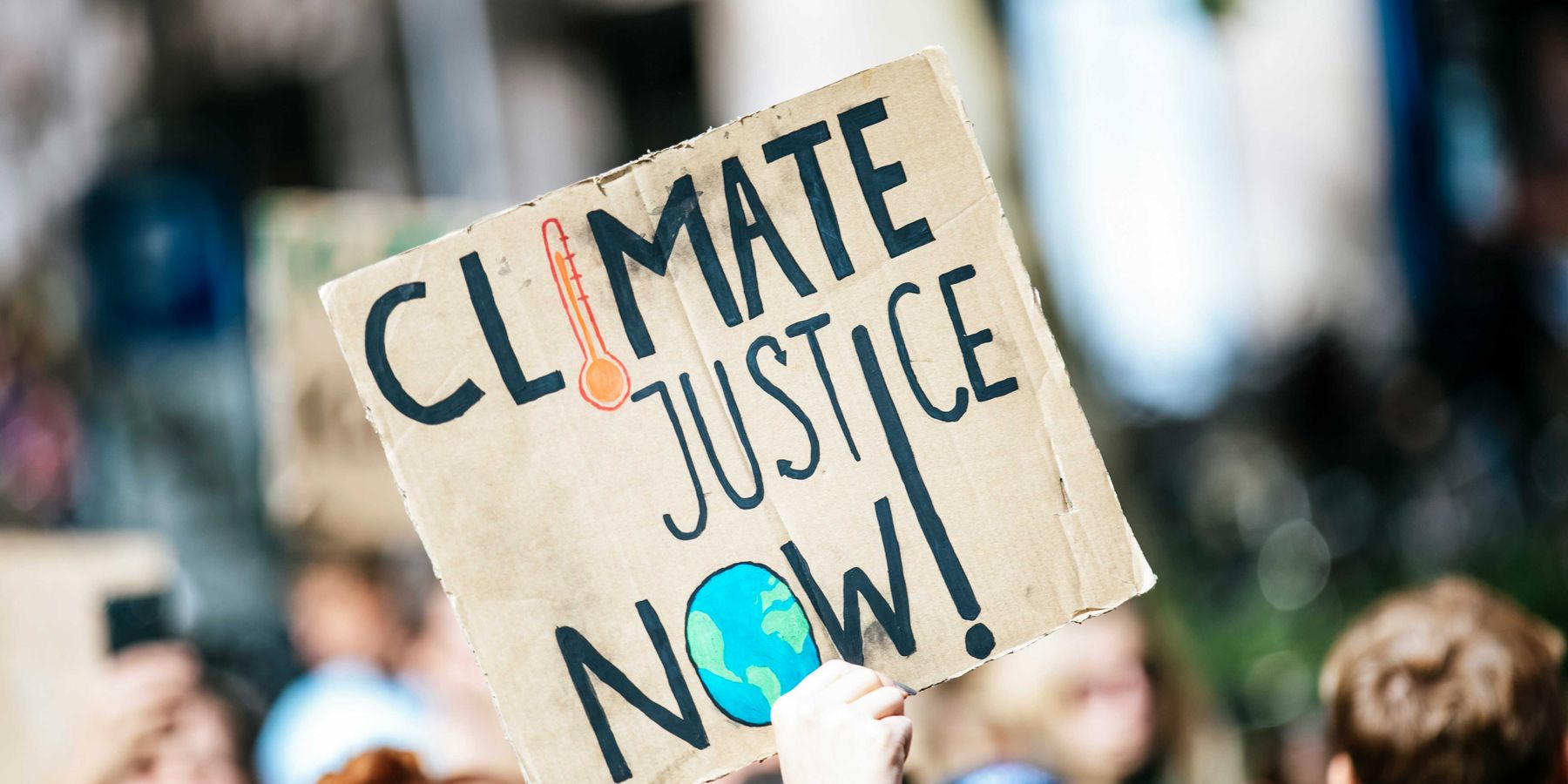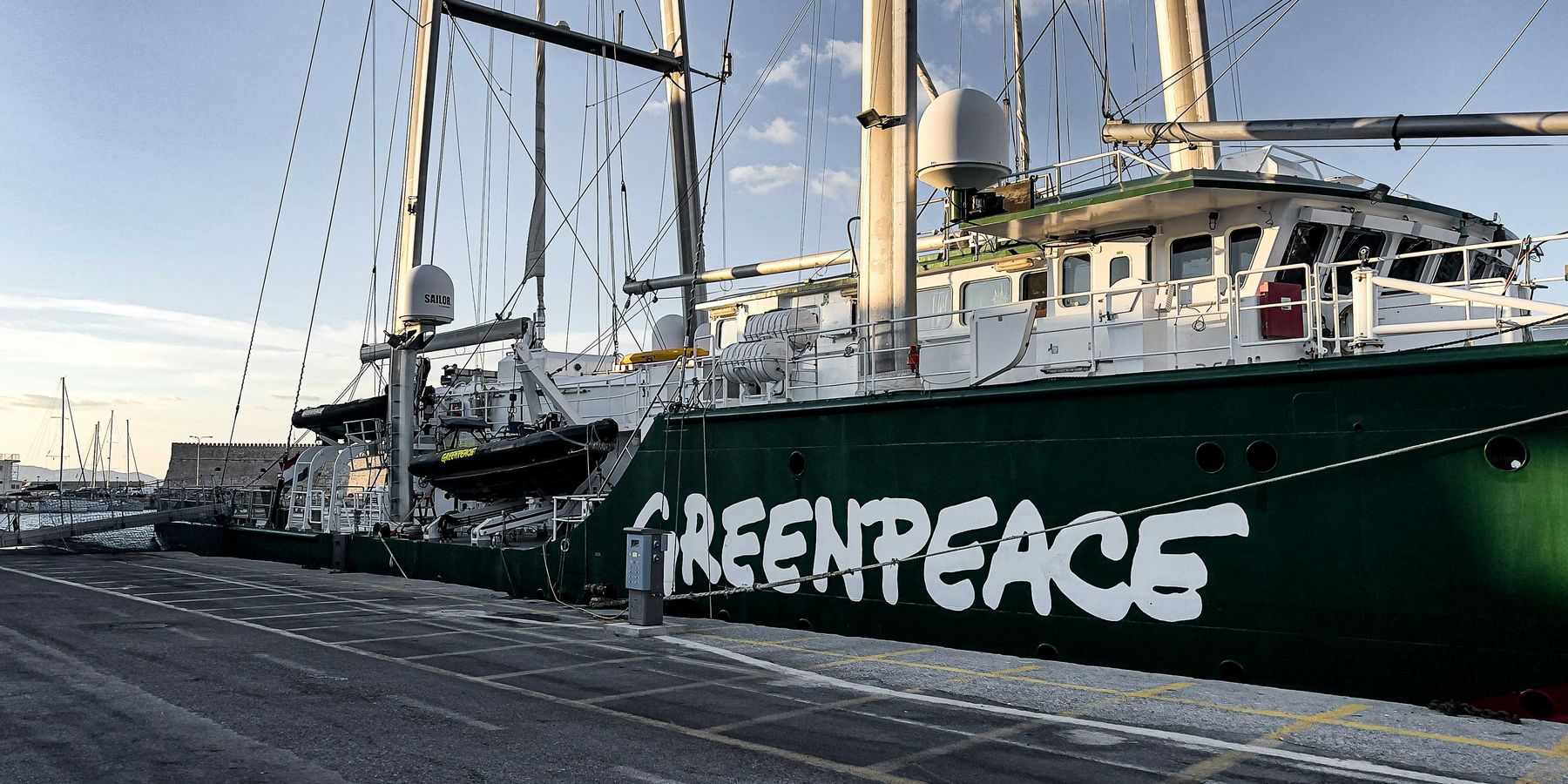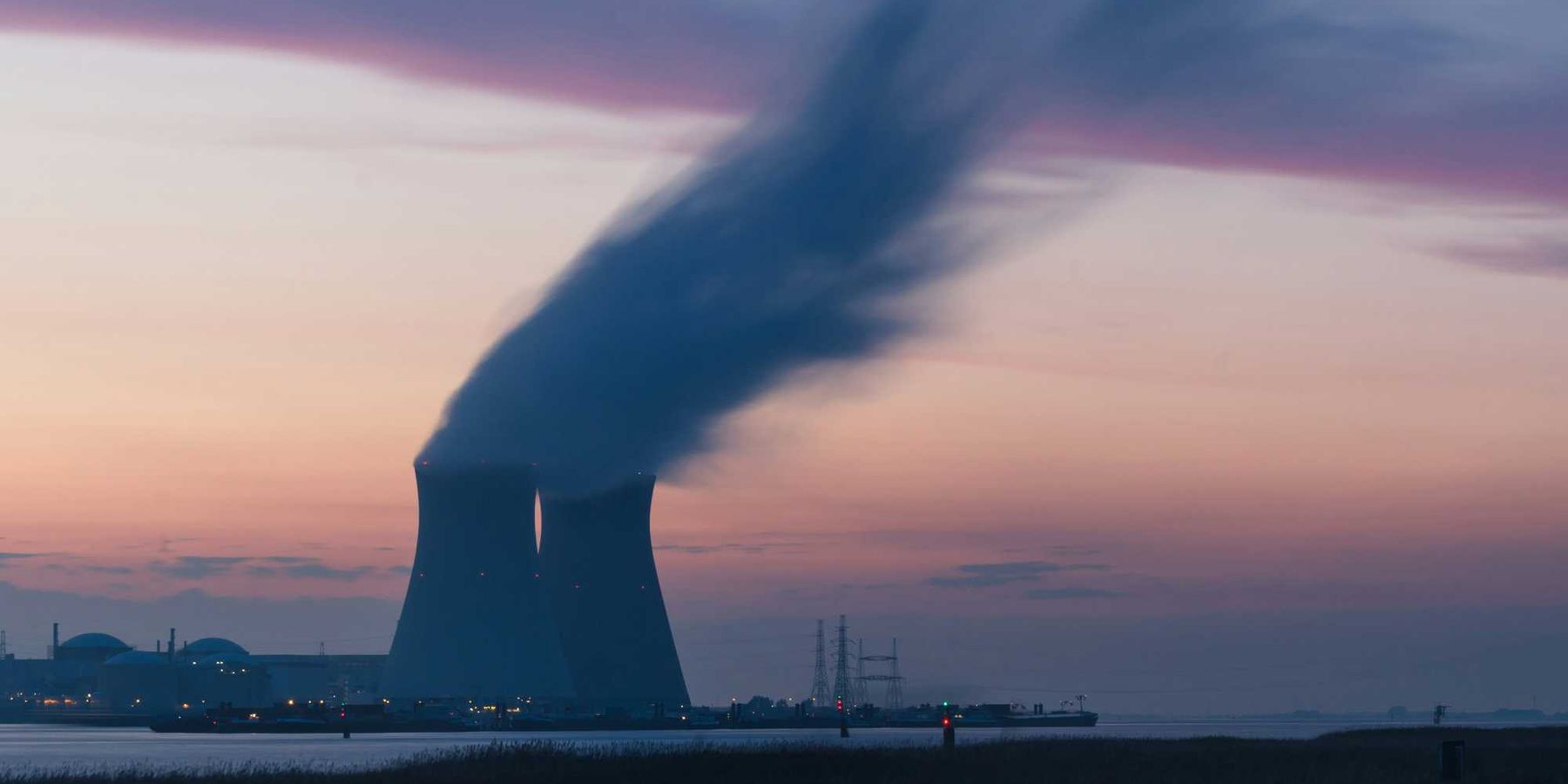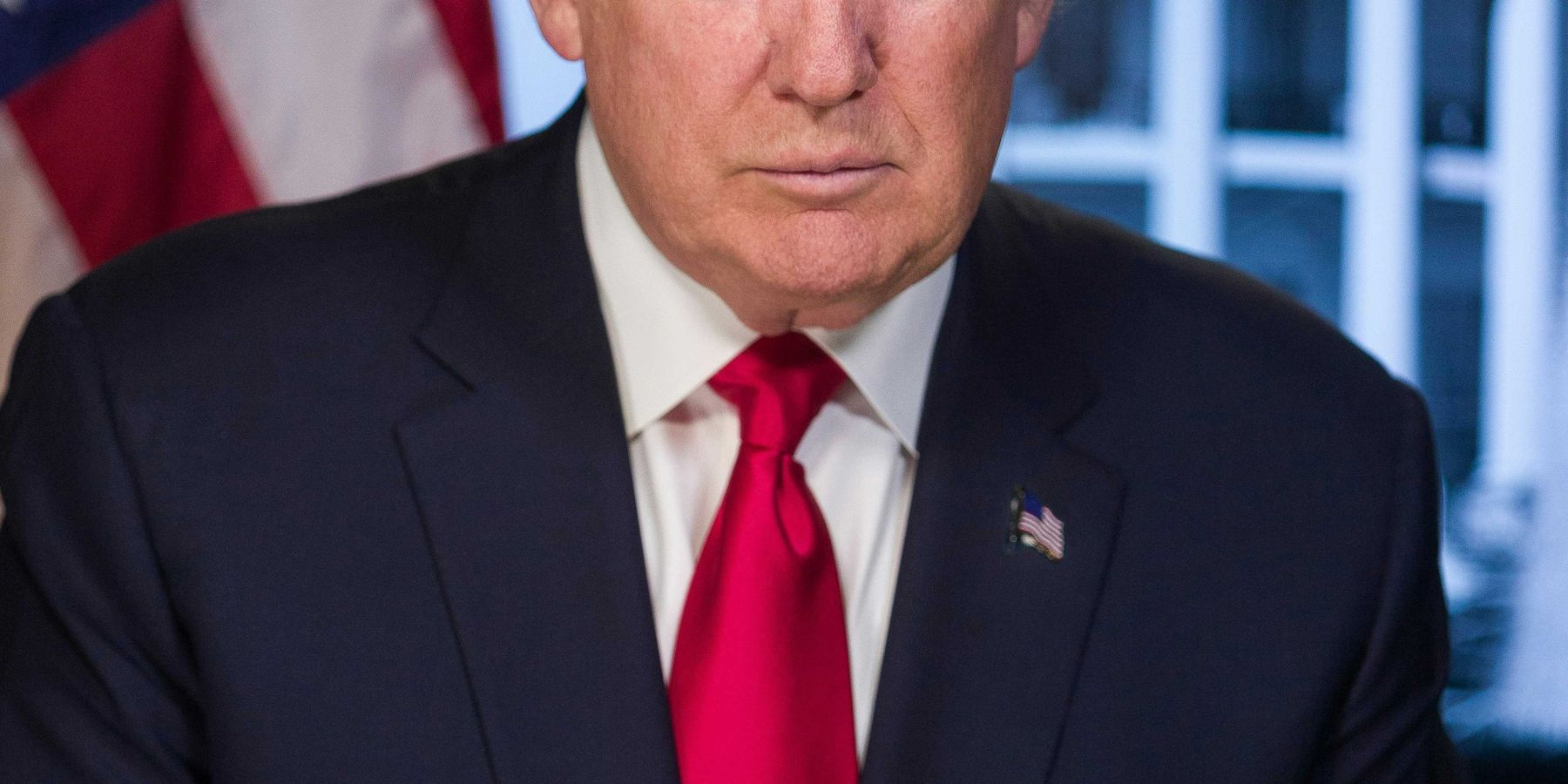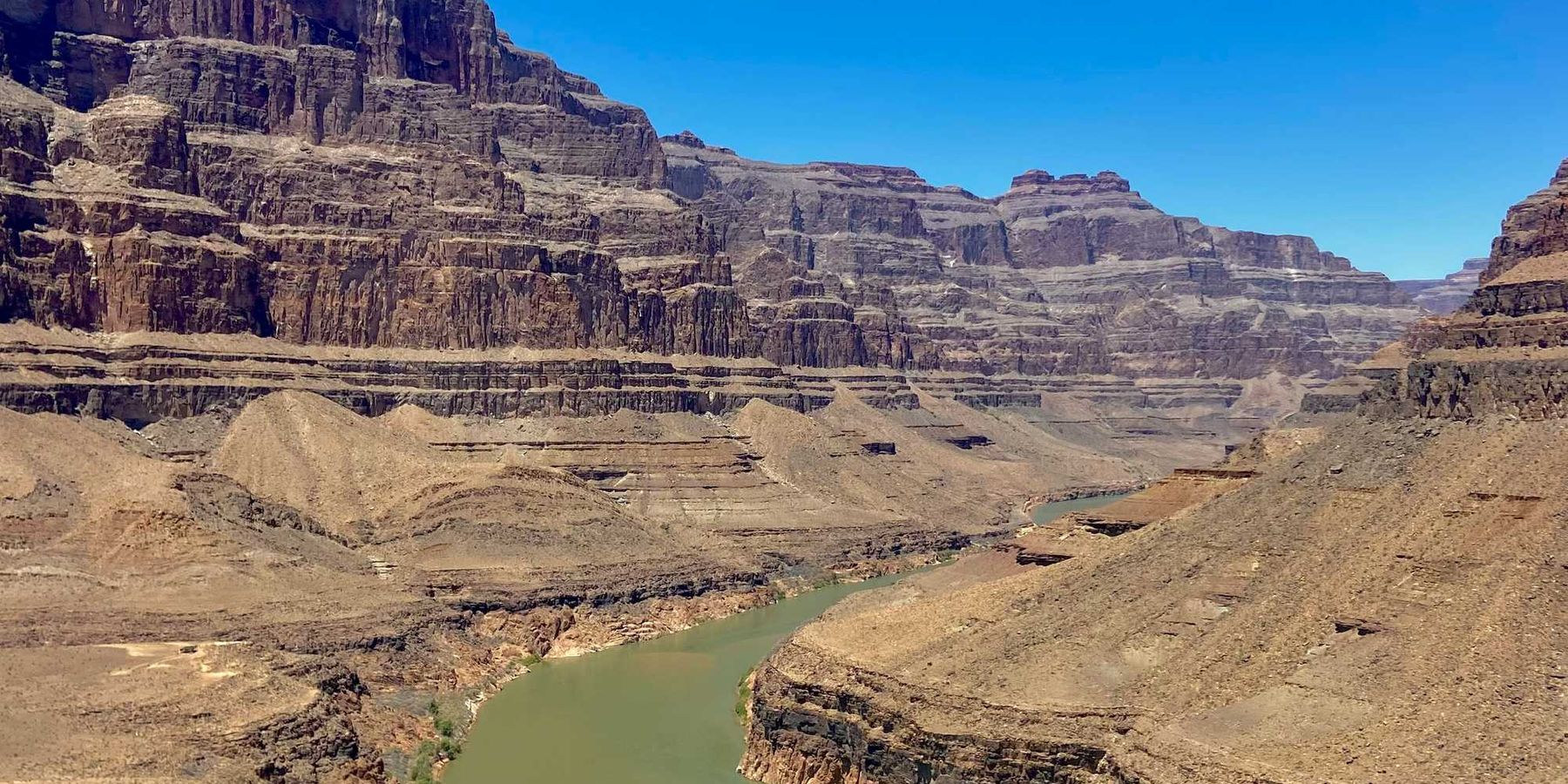FEMA delays disaster aid to multiple states while Texas receives rapid approval
President Donald Trump approved disaster aid for Texas within days of deadly flooding, but several other states and Native American tribes waited months for similar relief due to new federal review policies.
Brianna Sacks reports for The Washington Post.
In short:
- At least 10 states and two tribes faced prolonged waits for federal disaster declarations, leaving communities without temporary housing, unemployment assistance, and debris removal.
- New Homeland Security rules now require sign-off on FEMA expenses over $100,000, slowing aid even during large-scale emergencies.
- Critics inside FEMA say the delays reflect political priorities and a “system stall” that burdens rural and low-income areas already stretched by repeated disasters.
Key quote:
“FEMA is built to move fast when lives and infrastructure are on the line. But it can’t do that if our highest levels of elected leadership treat disasters as inconvenient — or worse, as inconsistent with a selected narrative.”
— FEMA official with extensive disaster response experience
Why this matters:
When disaster aid is delayed, people already reeling from floods or fires can find themselves living in unsafe homes or temporary shelters for months. Federal disaster relief often funds essentials like clean water, food, and emergency housing — things states and tribes cannot always cover alone. As extreme weather events grow more frequent and destructive, uneven aid can deepen divides between well-resourced states and those with limited infrastructure. These gaps often hit rural and Indigenous communities hardest, forcing them to navigate bureaucratic hurdles while facing compounding crises such as damaged roads, closed hospitals, or contaminated drinking water. Delays can also slow rebuilding, leaving residents exposed to future storms and heat waves.
Read more: Texas flood response prompts scrutiny of FEMA delays and leadership

